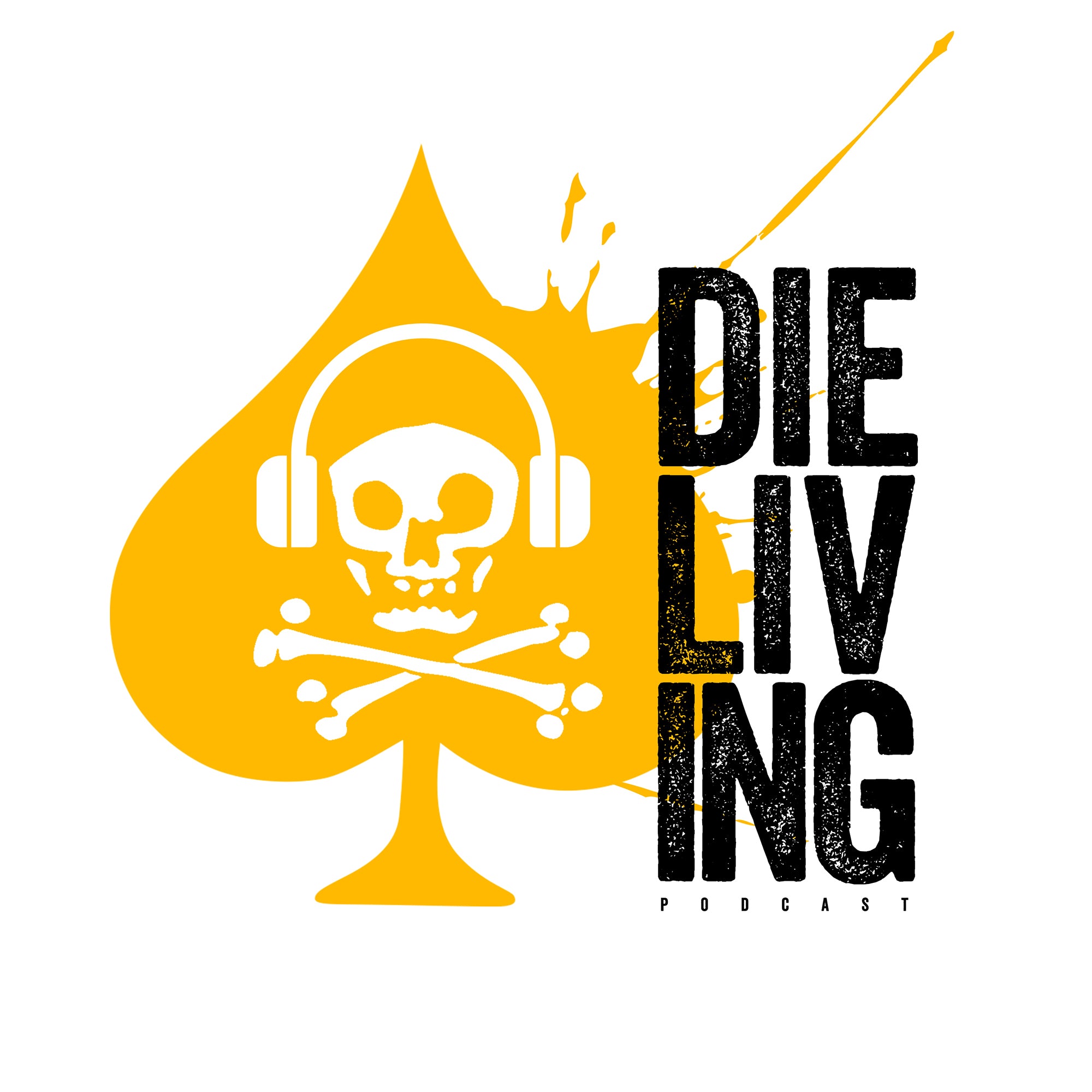
If something ain’t broke, break it.
Around 2014, you might say I had a late quarter life crisis. All the good things in my life just tasted like ashes in my mouth. Call it depression, call it discontent, call it whatever you want. The bottom line is that I was intensely unhappy with myself and didn’t feel like anything I had done was enough. I wasn’t sure what enough was, and I couldn’t have defined it if you had asked me at the time, but I had this deep seated feeling that I was missing some kind of mark.
The problem was that I couldn’t identify that I was the problem. I felt pretty dead set on throwing everything out the window just to “start over” and come at life fresh and on my own terms. I was so caught up in the inception of my mind, that I managed to inflict a lot of collateral damage on those around me due to my own inability to assess and address my feelings of desperation.
Fast forward through two of the most tempestuous years of my life, which I have covered in previous blog posts, and I have a lot of perspective on that course of events. As an action oriented guy, I am a doer. I did a lot of rash things trying to address a lot of internal problems that I saw as external problems.
I am no Dalai Lama, but I think it’s important to acknowledge the problems as internal (because I KNOW I’m not the only one who has felt this way) and address ways to catch them early and try to address them rationally before burning every bridge seems like the actionable and rational response. Even better, how do you recover once you have lit those bridges?

“I’m Just an old lump of coal… but I’m gonna be a diamond someday”
By now, you might be starting to see a trend in my life. I engage, I make mistakes, I fail, I pick myself up and knock off some dust, I assess what the damage is, and then I lean forward and re-engage. The cycle sounds simple, but there are a plenty of instances where I have had to constantly remind myself what a rubber ball does. It bounces back.
There is no crazy secret to overcoming the challenges we all face (And in my case, create) in life. Often it comes down to simple resilience. Rebounding is not always an easy skill to acquire, although some of us are naturally better equipped for it depending on our personalities or our histories. Nature and Nurture. It’s my hope that the chronicles of my failures might provide some insight to those of you wondering what the next step is.

“It’s Dangerous to go alone! Take this!”
Anytime I hit the great outdoors I make sure I have a map. In 2014, I didn’t have a map with me to guide me through the way I was feeling. I resented my wife. I loved my kids. I liked my job. I didn’t think I was on the best career course for my own fulfillment. I wasn’t sleeping well. I was drinking too much. I spent a lot of time listening to counsel from people with agendas. In the rearview mirror, it was a powder keg. At the time I was pretty sure I was being dragged down by those that cared about me the most. I needed some brutal honesty and a plan. I didn’t have either until it was too late for it to be easy, so I learned the hard way.
If you can relate to any of these feelings, here’s a map to stay out of that trouble, or pick yourself up after you find yourself under the floor!
1. Tell me what you want… what you really, really want. Compare this to what you have. Are your desires reasonable? How do you get to what you want? It’s good to remember that happiness exists at the intersection of what you want and what you have.
-
Conduct regular map/compass checks. This is an old land navigation reference, but it applies. We don’t always just KNOW what the right path is. Sometimes we need to check in with people who are where we want to be, and who have been where we are. I cannot stress external input enough here. We tend to seek confirmation of our biases. Look for advice from successful people who have weathered the storm.
3. Assume there will be setbacks. Progress is not linear. In relationships or in personal goals, there are complications that might seem hopeless. Nothing is hopeless. Ever.
4. Accept that the only person you can control is yourself. When we feel like nothing is going right, it’s easy to start pointing to others and our environment as the source of our discontent. Our reactions are just as responsible for our choices as others’ actions.
5. Do the next right thing. We are quick to see the “greater good”. The next right thing is different than “the right thing”. Don’t get caught up in the end result, focus on making the right decisions at that moment. They add up.
6. Bounce back. We all trip and fall. Be a rubber ball.
These six things will keep your head above water, no matter how confusing your life gets.

“The Path to Hell is Paved with Good Intentions”
This old proverb is about as accurate and easy to understand as they get. It leaves the best part to our imagination. We can be slaves to our own understanding and emotions, but those motivators don’t count for much if they are driving poor choices with poor outcomes. When we start to feel lost, our first instinct might be a sense of obligation, but pretty soon after that is the emotional drive that will convince you that making a rash decision pursuing “happiness” is the right move.
You don’t need to suffer through a “quarter life” crisis to find happiness. You need to be honest with yourself and those around you. You have to know where you want to go before you can arrive at a destination. Then you need to work towards that destination. If you feel lost, remember that you WILL bounce back if you keep doing the next right thing. I have found a lot of peace in just trying to enjoy the ride. I hope you can too.
DIELIVING
[training-ad]






Leave a comment
This site is protected by hCaptcha and the hCaptcha Privacy Policy and Terms of Service apply.